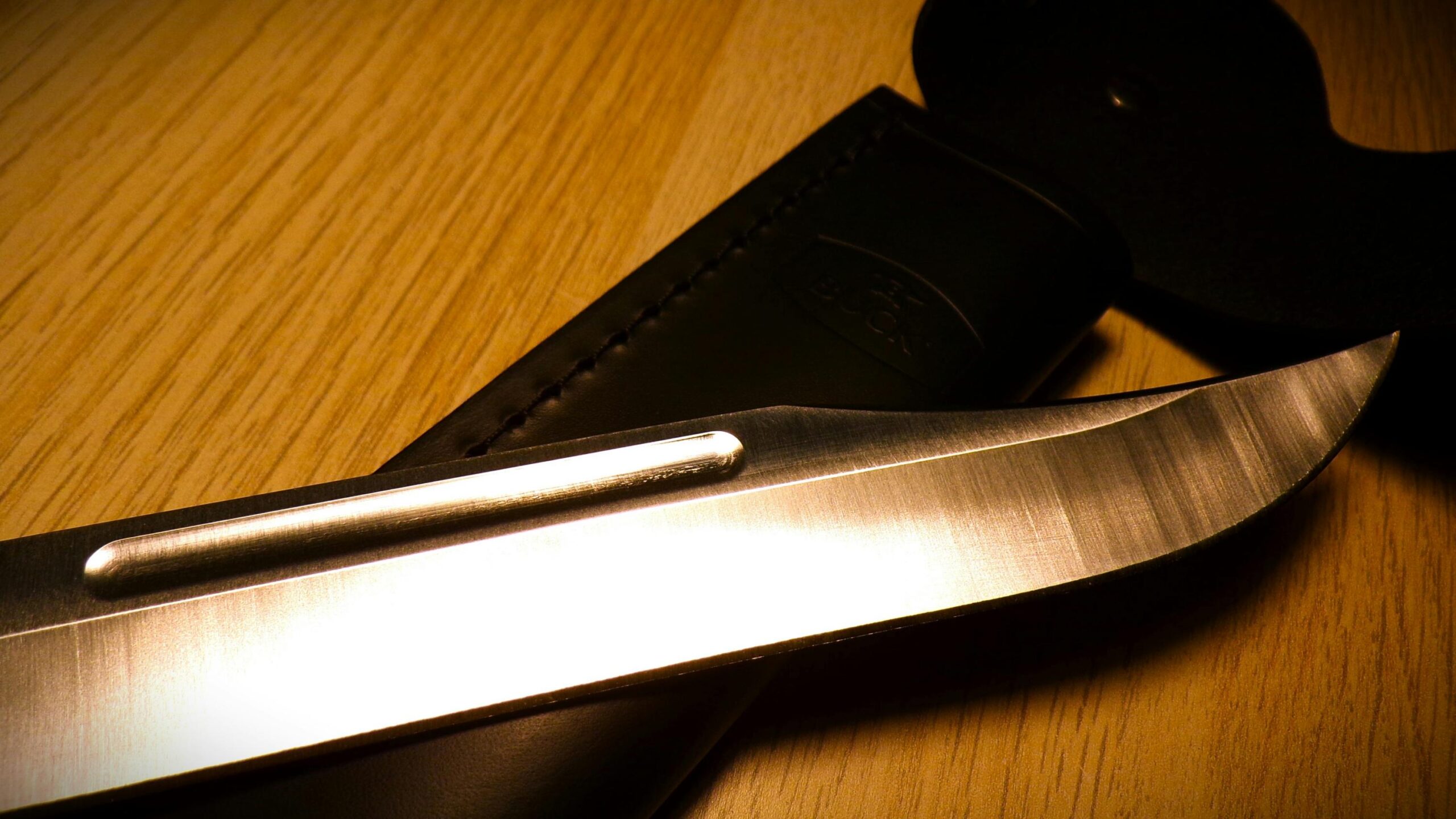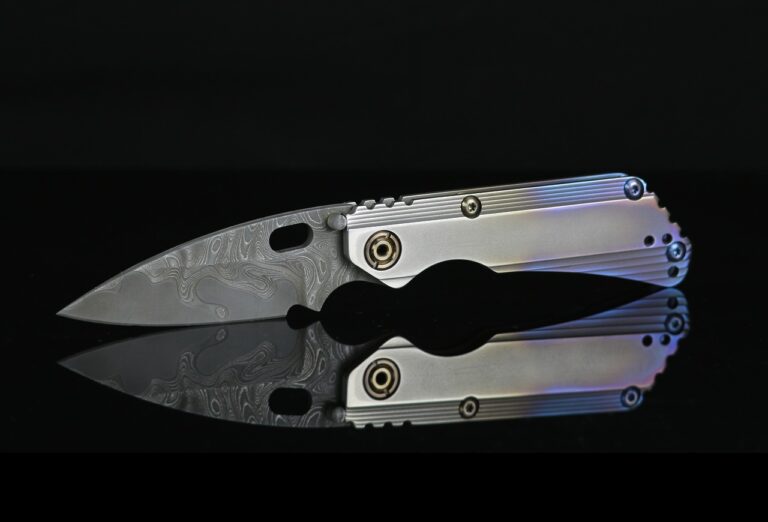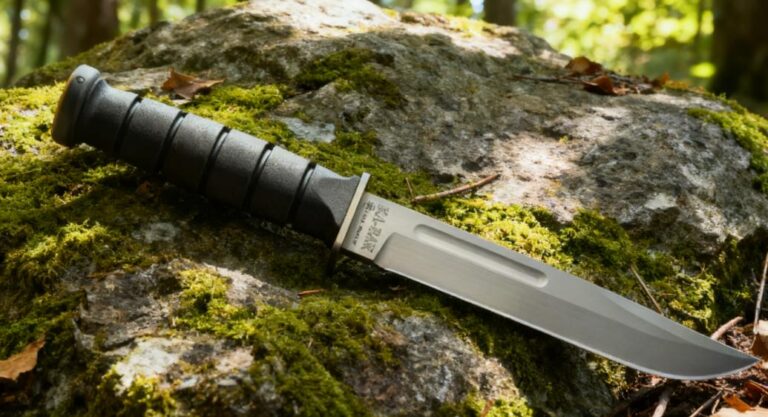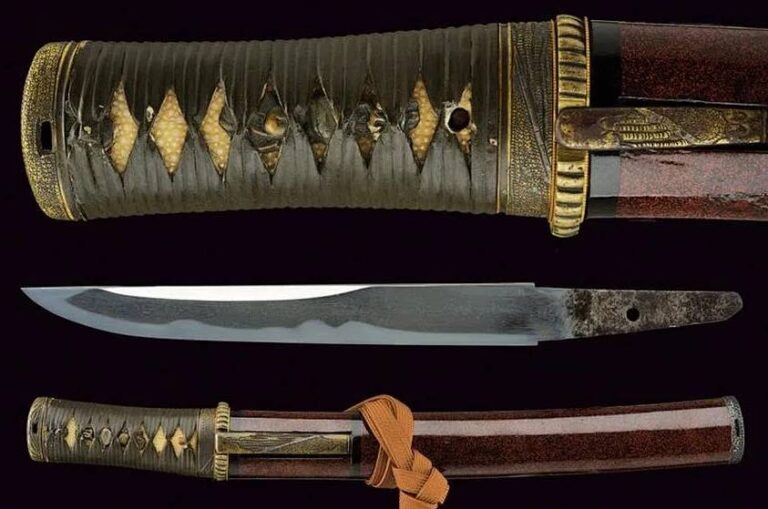The Barlow knife stands as one of America’s most iconic pocket knives, with a history spanning over 300 years. From George Washington’s pocket to Mark Twain’s novels, this classic folding knife has earned its place in both American culture and knife collecting circles.
This comprehensive guide covers everything you need to know about Barlow knives: their fascinating history, how to identify authentic originals, determining their value, and what makes them collectible today.
What is a Barlow Knife?
A Barlow knife is a traditional folding pocket knife characterized by its elongated oval bolsters, teardrop-shaped handle, and typically two blades.
Key Identifying Features
Classic Barlow Characteristics:
- Elongated oval bolsters at each end
- Teardrop or tapered handle shape
- Two blades (one long clip point, one shorter pen blade)
- Usually 3-4 inches closed length
- Bolsters extend significantly along the handle
- Traditional materials: bone, wood, or jigged synthetic handles
Common Blade Configurations:
- Long blade: Clip point (most common) or spey blade
- Short blade: Pen blade or sheepsfoot
- Both blades fold into the same end
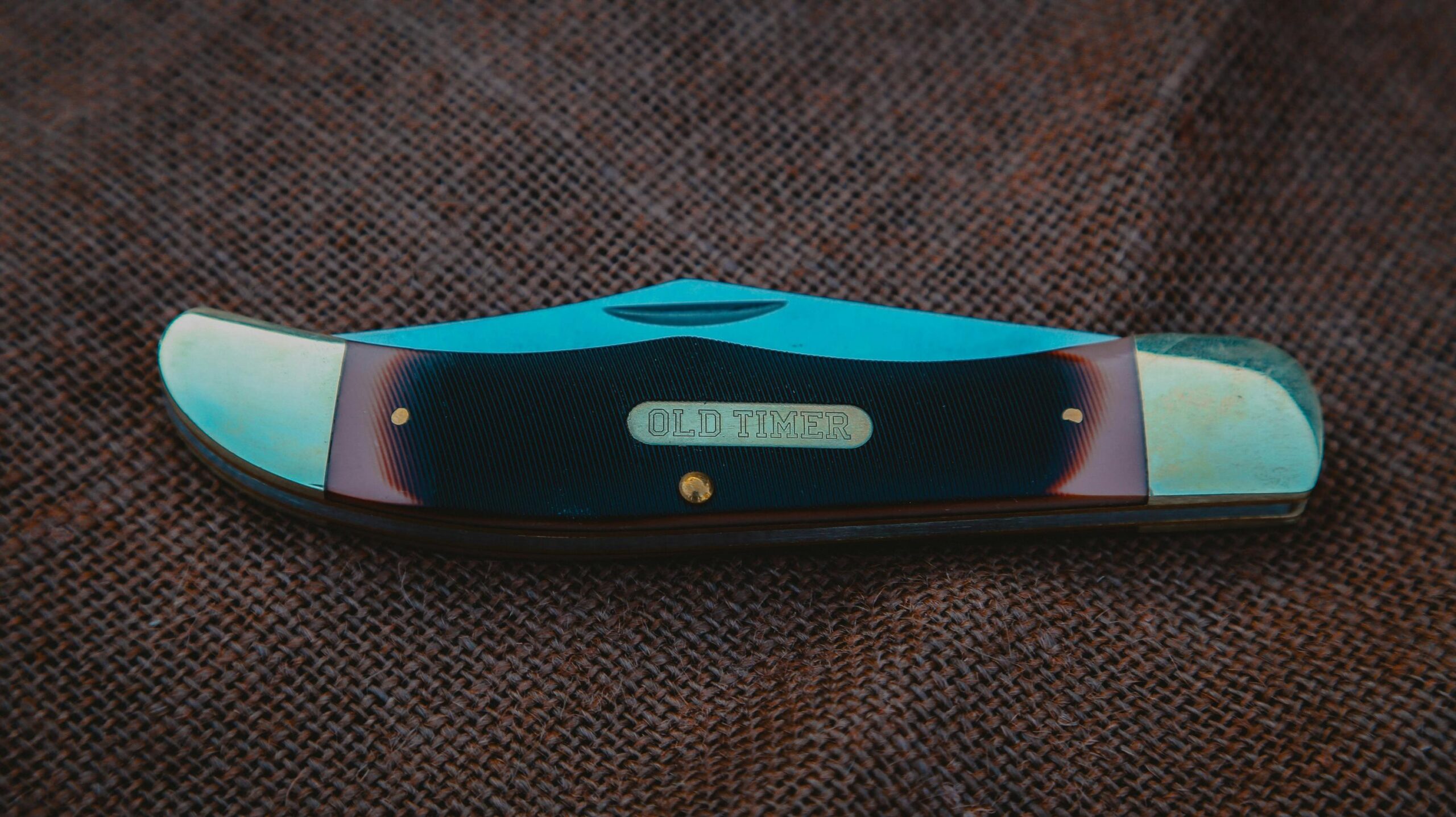
The Rich History of Barlow Knives
The story of the Barlow knife (or “Barlow knife history” as enthusiasts often search) dates back to the 18th century, with roots in England. The design is widely attributed to the Barlow family—a group of cutlers who specialized in crafting affordable, durable pocket knives for everyday use. By the late 1700s, Barlow knives had crossed the Atlantic to the United States, where they quickly became a staple among farmers, tradespeople, and outdoorsmen.
- Key Era of Popularity: In the 19th and early 20th centuries, American brands like Rough Rider, Case, and Schrade adopted the Barlow design, refining it for modern users. These versions often featured sturdier blades and more ergonomic handles, solidifying the knife’s reputation as a reliable “working man’s tool.”
- Cultural Impact: The Barlow knife’s simplicity and affordability made it a cultural icon—even referenced in literature and folk songs. Today, it remains a favorite among collectors and casual users alike, blending vintage charm with practical utility.
Buy Wholesale Knives and Start Scaling up with Us Today
Contact us and connect with a sales rep to get a free quote.
What Defines an Original Barlow Knife?
When customers ask about the “original Barlow knife,” they’re seeking the classic design traits that set early models apart from modern imitations. Original Barlow knives (and high-quality reproductions) share distinct features that make them easy to recognize:
- Blade Design: Most original Barlows had 1 or 2 carbon steel blades—typically a clip point or sheepsfoot style—with a simple, unadorned edge. Early blades were often hand-forged, leaving subtle hammer marks that add to their authenticity.
- Handle Material: The hallmark of an original Barlow is its handle. Early models used brass (for durability) or bone (for a comfortable grip), often shaped into a sleek, elongated oval that fits easily in a pocket. Some rare originals featured ivory handles, though these are less common today.
- Branding: Original Barlow knives rarely had elaborate logos. Instead, they might bear a small stamp of the manufacturer (e.g., “Barlow” or the brand name) on the blade or handle—simple, understated, and true to the design’s utilitarian roots.
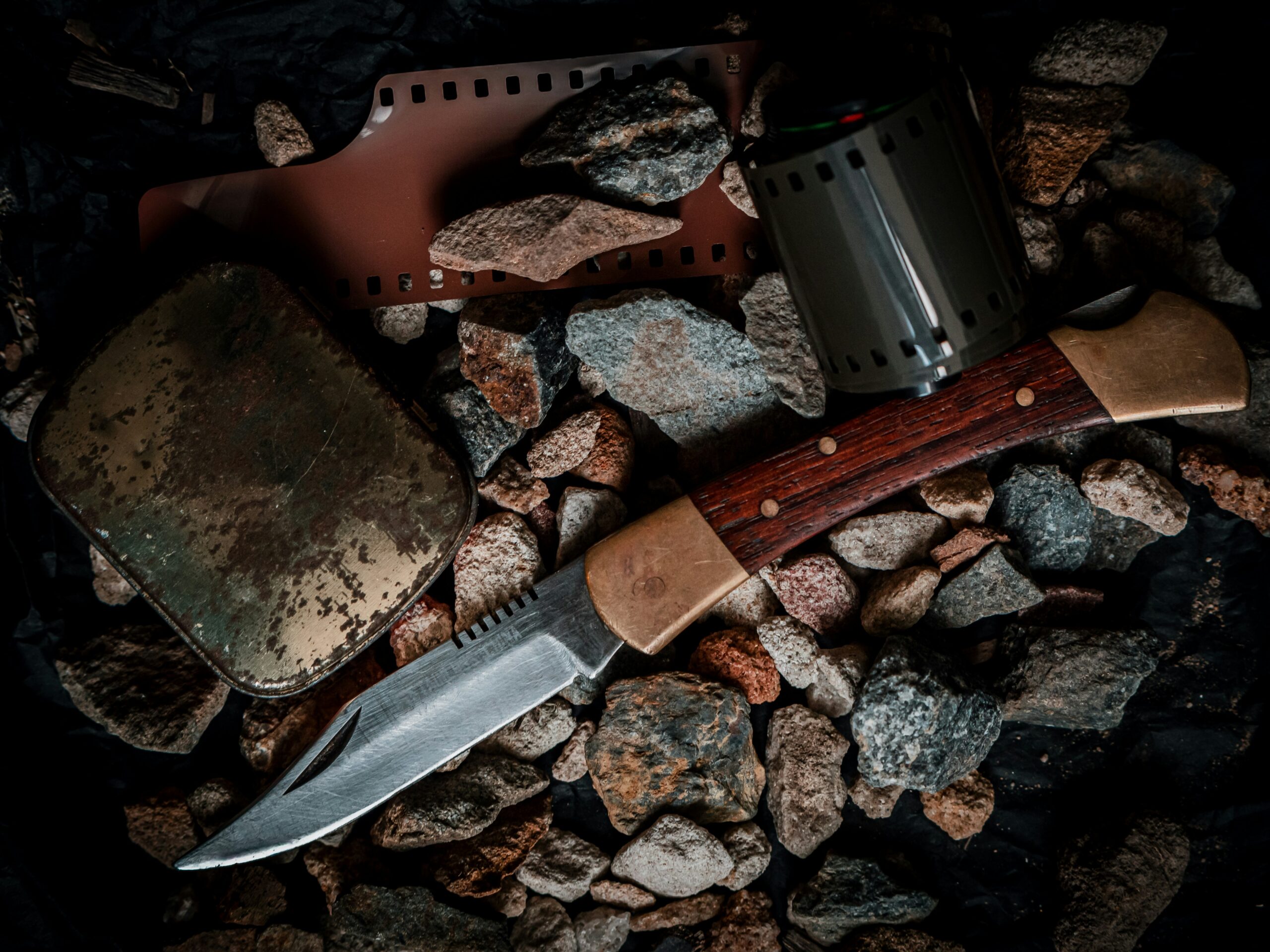
Understanding Barlow Knife Value: What Impacts It?
For businesses looking to stock Barlow knives, knowing “Barlow knife value” helps you price inventory correctly and cater to different customer segments (e.g., budget buyers vs. collectors). Several factors determine a Barlow’s value:
- Age: Antique Barlow knives (pre-1920s) are more valuable, especially if they’re in good condition. A well-preserved 1800s Barlow from a reputable maker can fetch $50–$200+ among collectors.
- Condition: Blades with no rust, handles without cracks, and working hinges significantly boost value. Even modern Barlows hold value better if they’re unused or lightly worn.
- Rarity & Brand: Limited-edition Barlows (e.g., vintage Case Barlows) or models from defunct manufacturers are more valuable. Mass-produced modern Barlows, by contrast, are often priced affordably ($10–$30) for everyday consumers.
- Authenticity: Original, unmodified Barlows are worth more than replicas. Documentation (e.g., old receipts, manufacturer records) can further confirm authenticity and increase value.
Buy Wholesale Knives and Start Scaling up with Us Today
Contact us and connect with a sales rep to get a free quote.
How to Tell How Old a Barlow Knife Is: Practical Tips
For buyers and sellers alike, “how to tell how old a Barlow knife is” is a critical question—especially when sourcing vintage inventory or verifying collectibles. Follow these steps to date a Barlow:
- Check the Manufacturer’s Mark: Brands like Case and Schrade changed their logos over time. For example, Case used a “XX” stamp for knives made between 1900–1912, and a “Case XX” logo with date codes from 1970 onward. Researching these marks can narrow down the era.
- Examine the Handle Material: Early Barlows (1800s–1900s) mostly used brass or bone. Plastic handles became common in the mid-20th century (1950s+), so a plastic-handled Barlow is likely newer.
- Look at Blade Technology: Hand-forged blades with visible hammer marks indicate an older knife (pre-1900s). Machine-stamped blades, which are more uniform, became standard in the 20th century.
- Check for Patent Dates: Some 20th-century Barlows have patent numbers or dates etched on the blade. A quick search of these patents can tell you exactly when the knife was made.
Buy Wholesale Knives and Start Scaling up with Us Today
Contact us and connect with a sales rep to get a free quote.
Frequently Asked Questions
Are Barlow Knives Suitable for Everyday Use, or Are They Just Collectibles?
Barlow knives are highly functional for everyday tasks like opening packages, cutting rope, or preparing small items. Modern versions (like those we offer at Leeknives) use stainless steel blades for durability, making them ideal for both casual users and collectors.
What is the purpose of a barlow knife?
Practical and rugged, Barlow knives have been in the pockets of explorers, colonists, farmers and outdoorsmen for more than three centuries. Originally made in England in the late 1600s, they were designed to be tough, sturdy and affordable – an everyman’s knife – and they still are today.
How does a Barlow knife compare to other pocket knives?
How does a Barlow differ from other slip-joint patterns? Blade count: usually one or two, versus three on a Stockman. Bolster length: up to one-third of the handle, versus two shorter bolsters on Trappers/Stockmen. Handle profile: straight or gentle teardrop, making it pocket-friendly.
What makes Barlow knives unique?
Their oversized bolster, historical significance, and long-standing use by working-class people and collectors alike set them apart from other pocket knives.
Buy Wholesale Knives and Start Scaling up with Us Today
Contact us and connect with a sales rep to get a free quote.
Looking to Source Barlow Knives?
For European and American wholesalers, retailers, and brand owners, Barlow knives offer a unique advantage: they appeal to both heritage-focused consumers and those seeking affordable, reliable tools. Whether you’re targeting outdoor stores, vintage shops, or general merchandise retailers, adding Barlow knives to your lineup can boost sales and customer loyalty.
But sourcing high-quality, consistent Barlow knives—especially with custom options—can be a challenge. That’s where Leeknives comes in. As a professional Chinese knife manufacturer, we specialize in serving your market with:
- Wholesale Barlow Knives: Competitive pricing for bulk orders, perfect for stocking shelves.
- OEM Services: Customize every detail of your Barlow knives, from blade material to handle design.
- Private Label Solutions: Add your logo, custom packaging, and branding to create a unique product.
- Global Shipping & Fulfillment: We handle delivery to your location, ensuring timely, reliable service.
If you’re ready to expand your knife business with Barlow knives—whether classic designs, custom OEM models, or private label products—don’t wait. Request a free quote from Leeknives today to get started. Simply visit our quote page to share your needs, and our team will help you create a solution that fits your business goals.
